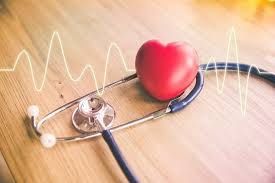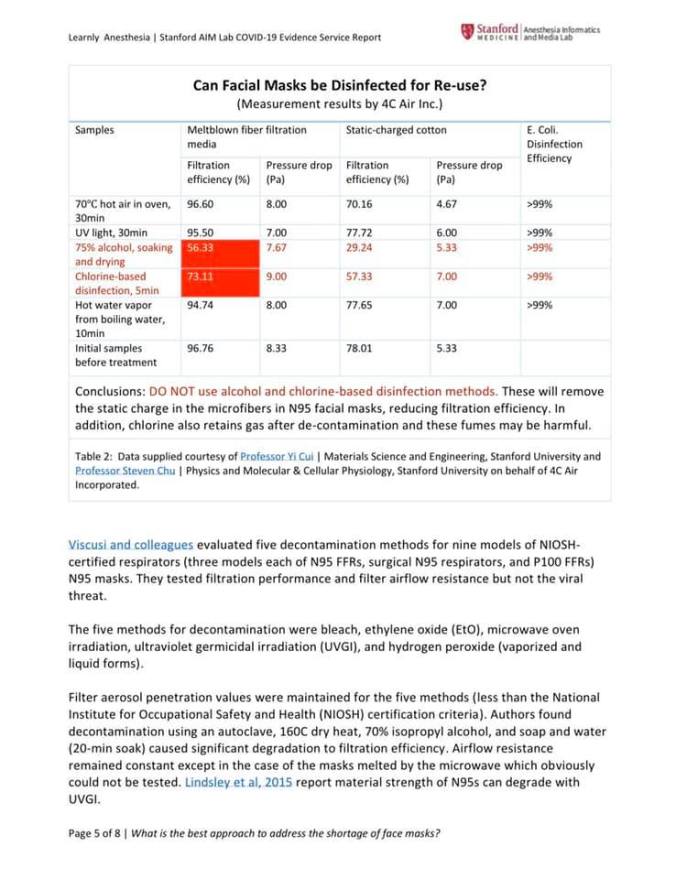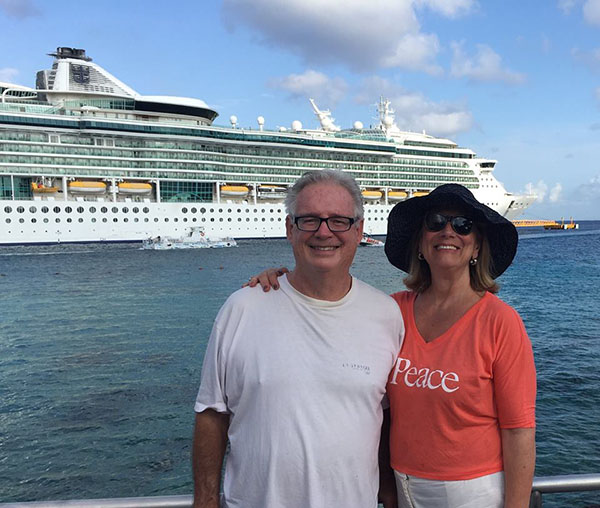Ongoing Issues: By now, most of us know the obvious: nurses and other healthcare professionals do not have the PPE that they need to practice safely. Nurses are testing positive for COVID19. The Defense Production Act has not been activated to produce more PPE and ventilators, and nurses and other providers are even fired for speaking out about it or organizing ways to access more PPE (Doctors and Nurses Fired for Speaking Out ).
Nurses’ Skill Level: Nurses are worried about being asked to do work they aren’t prepared to do. A former student of mine, who has been in more of an administrative role, is extremely concerned with being asked to go back into a hands-on medical surgical or even ICU in a supportive role. Practicing beyond one’s skill level or expertise is just one area of concern that is likely to grow as more nurses become ill, or refuse to work, or are otherwise unable to work.

Volunteer calls: From California to NYC to Maine, nurses are being asked to submit their names to volunteer to work. Most of these nurses will be paid, and it is an effort to organize our resources.
Nurses on the Front Line: The stories I am hearing from nurses are war-time hell-like, maybe even worse then you have heard of if you don’t have direct contact with nurses on the front line.
An example is a story a friend of mine posted from his friend in NYC: in the ER, there may be 7-10 COVID+ vented patients waiting for ICU placement. Some patients are lying on the floor in the ER because there are no beds. People are being taken to rooms on the floors and passing away before they even get seen by a nurse on that floor. Medications like propofol, ketamine, versed, and fentanyl are being run without pumps because there are no more pumps. Supplies are running out. Med Surg nurses are being forced to run drips and vents that they have not been trained on.
Pay Issues: In Utah, nurses and doctors are being asked to take pay cuts, and there is concern that this will create a great deficit of providers in this state when professionals go elsewhere to work (Utah’s largest medical provider announces pay cuts). Meanwhile, note this lovely NYC serene skyline shot, with pay that must recognize the obvious inherent hazard pay for these positions.

(nurses recruitment add, contact information removed)
Populations and Outcomes:
Much preventative and maintenance care for those with chronic and even acute illnesses is now taking a back seat. A positive note is that telemedicine and telehealth are being used much more widely, and this may have a favorable effect on how we care for populations in the future.
Dr. Chinn forwarded a first-hand account to me of a nurse who is working in Brooklyn. She is concerned about how this illness is impacting Latinx populations, as they are often members of “essential worker” populations, and they also live in large households. This nurse states that these patients are at higher risk for death, and often experience death with less dignity. She also sees all staff getting sick, from direct care providers to janitors, and patient care technicians.
Anecdotally, in one social media group, I heard the nurses estimating that survival rate once a patient is ventilated is only around 14-20%. This is devastating to be surrounded around so much futile care and facilitating so much end of life care without perhaps the time and space it requires to do this well. (Edited: national statistics show a recovery rate of about 50% post ventilator initiation).
Heartbreak: I am hearing heartbreaking stories of nurses sending off their children to grandparents or ex-spouses, so they won’t be exposed in the household should the nurse become sick themselves or accidentally contaminate the household. Nurses who can’t hug or hold their loved ones are aching inside every day. Nurses dying. Nurses looking around at their colleagues and they might wonder, who will be the next to not be at work, which one of us might end up in the ICU? Nurses may know that much of the care they are providing is futile or palliative, which creates moral distress. I am very concerned when I hear of nurses working multiple shifts, with one nurse posting that she had worked 13 shifts in a row, another posting about minimal sleep, and losing 10 pounds already. They don’t have time to eat and when they go shopping, the stores are lacking in supplies. There is no question in my mind that nurses are being put at greater risk not only due to exposure, but also due to physical, mental, emotional, and spiritual stressors.

Post-Traumatic Stress: We could say nurses are stressed, or maybe we should just be truthful and say that nurses are being traumatized. I have great fears of nurses leaving the profession after this, and I also have great fears about the health of the population in general. I am fearful for those on the front lines without access to proper PPE. This sort of chaos we are experiencing may lead to positive change eventually, but for now, it’s extremely uncomfortable, painful, confusing, infuriating, and even disorienting.
We need to take good care of ourselves and take good care of one another.
I am reaching out with loving-kindness to all nurses:
May all nurses be safe
May all nurses be at ease
May all nurses be loved
May all nurses know personal healing
Namaste



